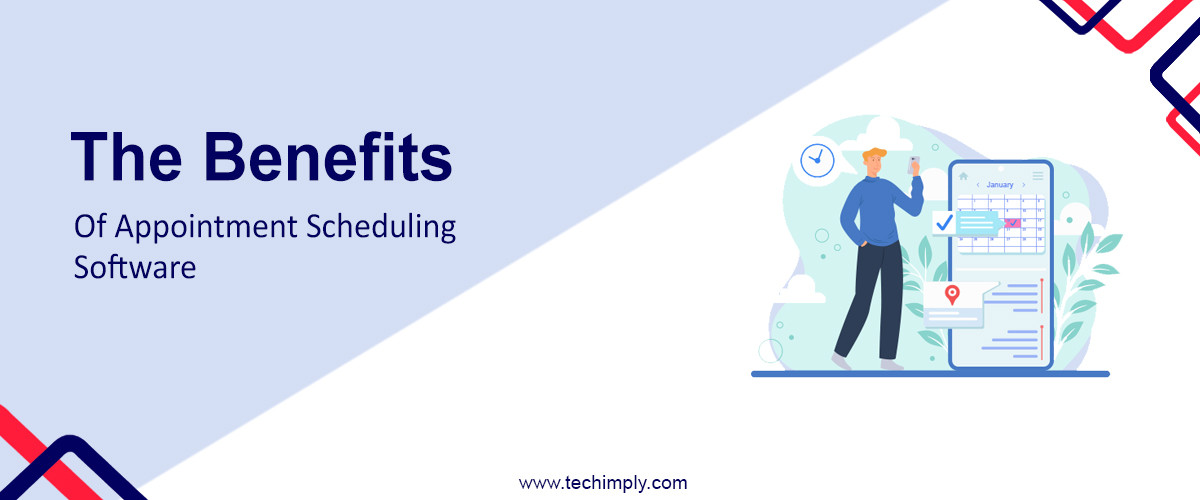Digitalization is at its peak now, and so is machine learning. Advanced technology is widely applied across industries and is present in nearly all spheres of everyday life. Likewise, more and more businesses currently use machine learning tools to automate crucial processes, optimize decision-making, and improve overall business productivity.
While multiple digital tools and apps rather collect data, machine learning technology analyzes and generalizes the bulk of existing info to make predictions. By using an algorithm, machine learning determines an optimal action to take in a certain situation.
Striving to improve their productivity, use predictive analytics in marketing, and boost business growth, many contemporary companies resort to machine learning to make sure their investments will pay off with the outputs they expect. To help you understand how machine learning predictions could work for your venture, we’ll consider main machine learning models and how they perform for different classification types.
-
Machine Learning Classification Types
Varying business scenarios and formats call for different machine-learning tasks and models. So, to figure out the algorithm that will be efficient for your enterprise, unleash your business potential to the full, and eventually steam up your productivity, you need first to align the appropriate machine learning task or classification type with your entrepreneurial scenario.
-
Binary Classification
This type of task is just what it means. The data samples are rendered to one of the two categories or classes. It’s like choosing between “good” or “bad”, “right” or “wrong”, “true” or “false”, “yes” or “no”. To translate it to a technical language, it’s about the normal and abnormal states.
Binary classification is a match for some simple aspects such as conversion rates, for example.
Optimal machine learning algorithms for this classification type include:
-
Naive Bayes: It’s a quick and straightforward algorithm that is the most efficient for big data sets with only a few features in them. The algorithm name originates from the Bayers theorem;
-
Logistic regression: It’s yet another algorithm common for binary classification. It forecasts the outcome by relying on a log function. It’s widely used for spam detection or detection of disease symptoms, for instance;
-
K-Nearest neighbors: Appropriate for regression and classification problems alike, this algorithm is a functional tool for data and records classification by similarity;
-
Decision trees: Consistently splitting data into a pair of categories by specific aspects or parameters, this algorithm is the core tool for picking the right solution for complex problems;
-
Support vector machine: Though not a prime choice for binary classification, this algorithm is of great use when accuracy is a priority. It’s capable of generating reliable and trustworthy results with fewer input data.
-
Imbalanced Classification
At a glance, this machine learning classification type is very much similar to binary classification since it also implies choosing between two opposite options. However, the data instances here don’t equally distribute between normal and abnormal as expected in binary classification.
Usually, the majority of cases will fall within a normal range, while abnormal instances are typically minor. The balance is shifted, hence the name.
A supervised learning algorithm and technique to use with this type of classification problem will largely depend on whether you want to focus on a majority or minority sample class. Logistic regression, decision trees, and Support Vector Machine algorithms will best work with this classification task.
- Multiclass Classification
As the name suggests, it’s the task of grouping points or elements into multiple classes, without limiting their number to only two as with binary classification. Notably, the classes are not opposed to each other and rather stand for distinguishing or descriptive features or aspects. Thus, this machine learning model will generate multiple results.
Used for more complex situations implying variable outputs, multi-class classification can also rely on the above-mentioned algorithms as well as make use of others specific for this type of classification problem:
-
Gradient boosting: Distinguished by outstanding accuracy and speed, this algorithm will produce the best results for diverse and multifold datasets. It converts a combo of weaker models into a stronger model to improve or “boost” those weaker elements.
-
Random forest: Embracing multiple decision trees, this machine learning algorithm works wonders when a big bulk of variable data is to be analyzed. Working out collective predictions, it works accurately and efficiently with big volumes of uncorrelated records.
-
Neural networks: It’s a combination of algorithms mimicking the human brain and designed to precisely pinpoint patterns. Neural networks are at the core of deep learning meant to complete complex calculations using big volumes of uncorrelated data.
-
Multilabel Classification
There might be cases when a single item fits into several classes or categories and requires several labels to be appropriately classified. For example, one and the same email might be classified as spam and newsletter simultaneously.
With that, multilabel classification rather sticks to labels than categories. As such, it relies on specific algorithms customized to its concept. Thus, the best multi-class classification algorithms such as gradient boosting and random forests are upgraded to multilabel models to meet more diverse needs.
-
Machine Learning Process Step by Step
Once you determine the classification task apt for your current situation, you should launch a knowledge graph machine learning cycle to find a solution tailored to your current scenario. To give you a better understanding of what stands behind that process, here are the key steps it embraces:
-
Data collection: To benefit from machine learning models, quality data from reliable sources is required and diligent data collection is to be completed;
-
Data check and processing: Collected data and records are to be formatted and duly organizes to avoid errors and incorrect entries for the best outcomes;
-
Model training: At this point, the most suitable machine learning models are to be trained to prove their efficiency for your business. This is how you’ll be able to the most resultative algorithm;
-
Model application: Once the right model is determined and trained, let it work for your business improvements.
Final Thoughts
With a modern business world heavily leaning toward digitalization, machine learning analysis has a lot to offer to any company and enterprise, no matter the industry. By introducing machine learning tools into your business, you have a great chance to significantly level up its productivity in many aspects. You can learn more about machine learning and data by solving projects at ProjectPro Data Science Projects
Decision-making will be less of a hassle and operational processes will be optimized to help you get the most out of your business and knock angles off a problem.
You May Also Like To See: Evolution of Business Intelligence and Analytical Reporting: Past, Present, and Future

.png)

.png)


